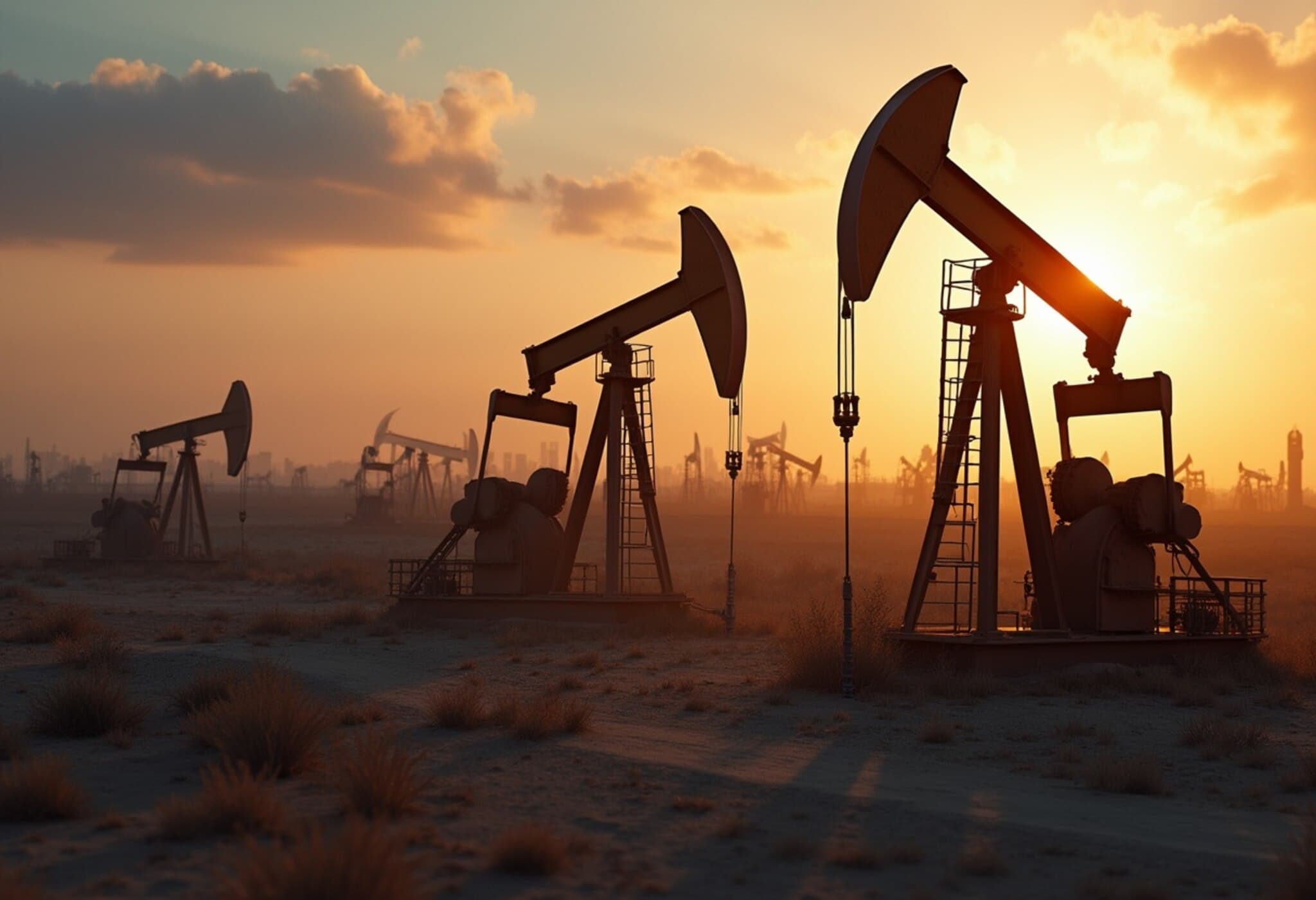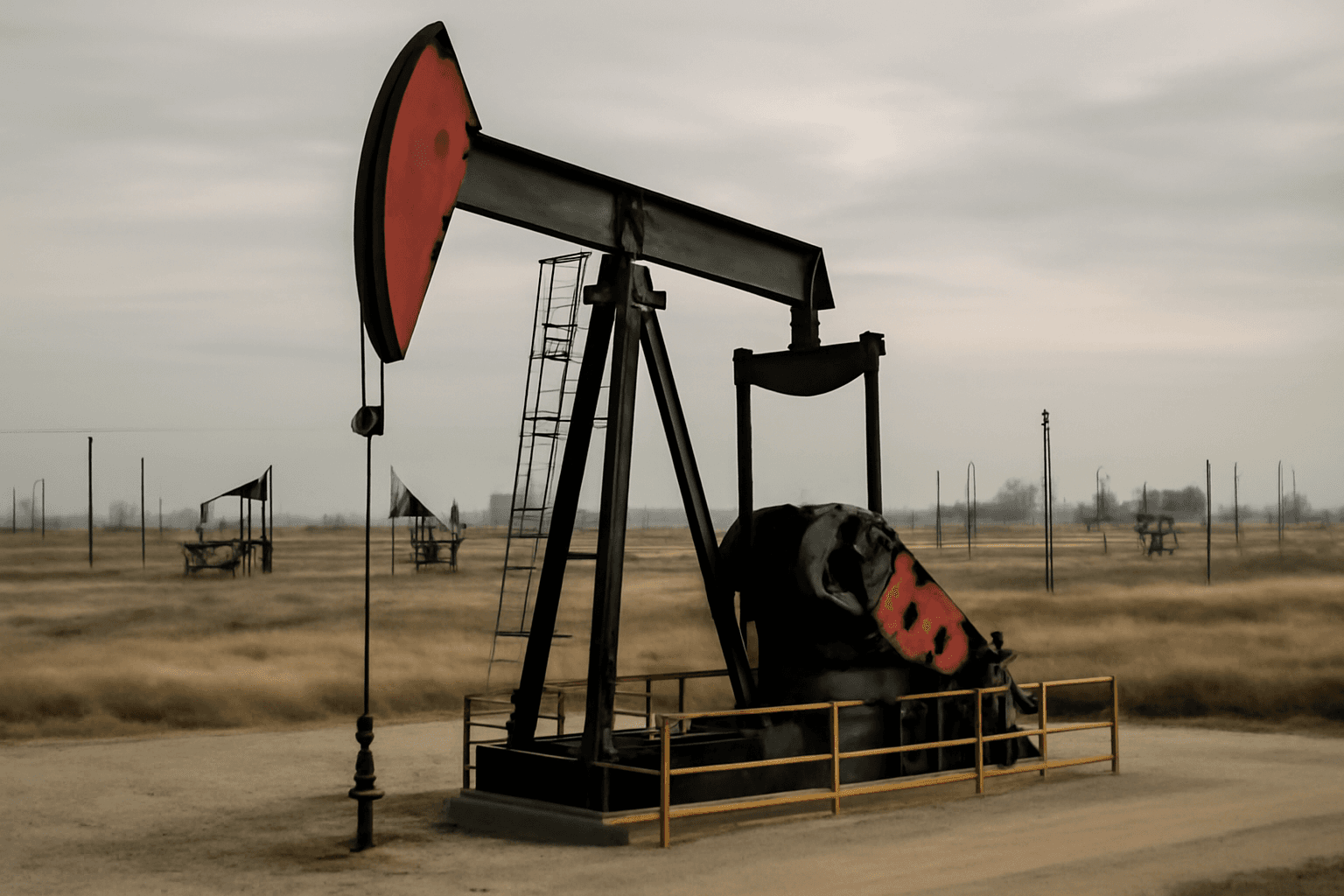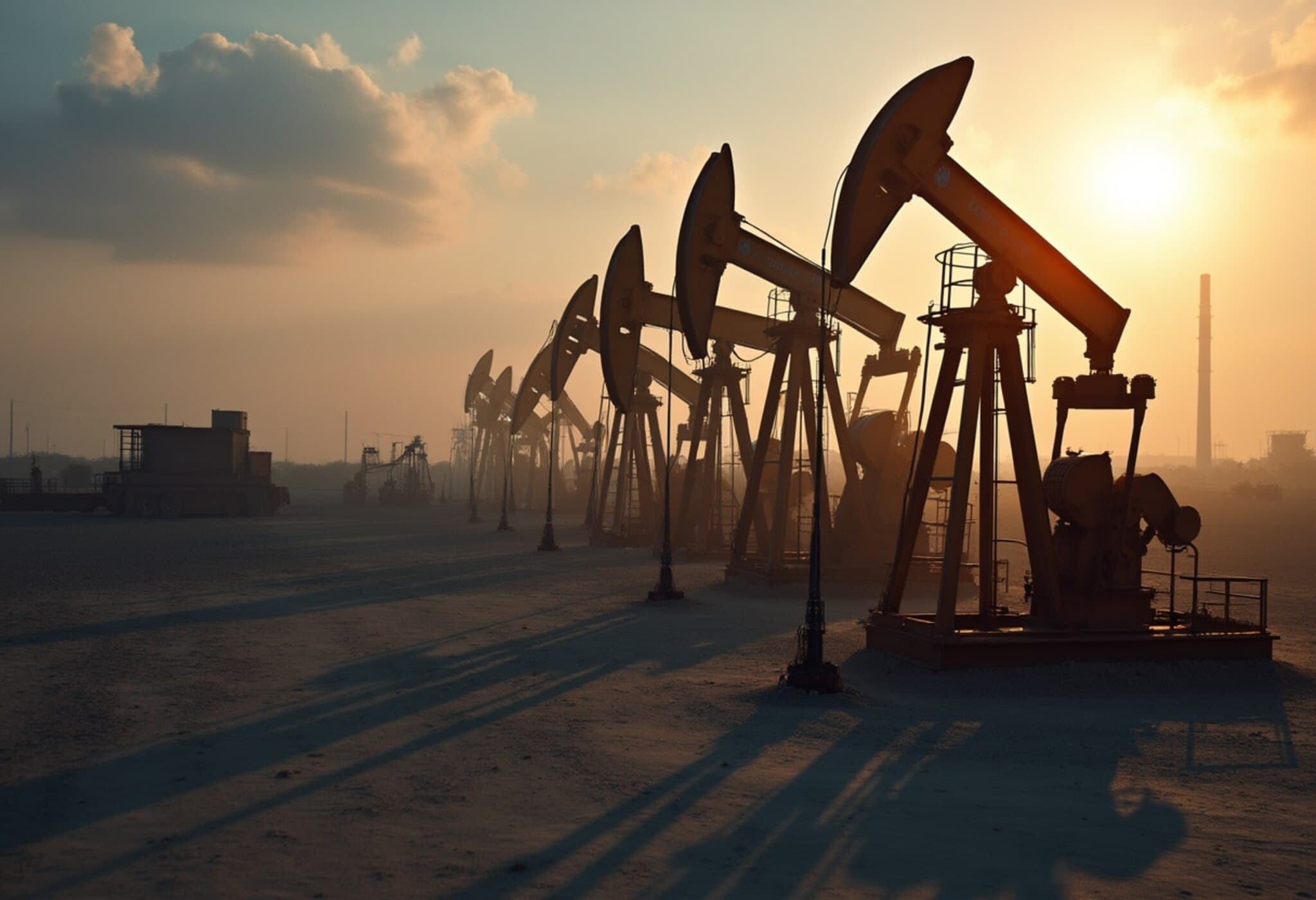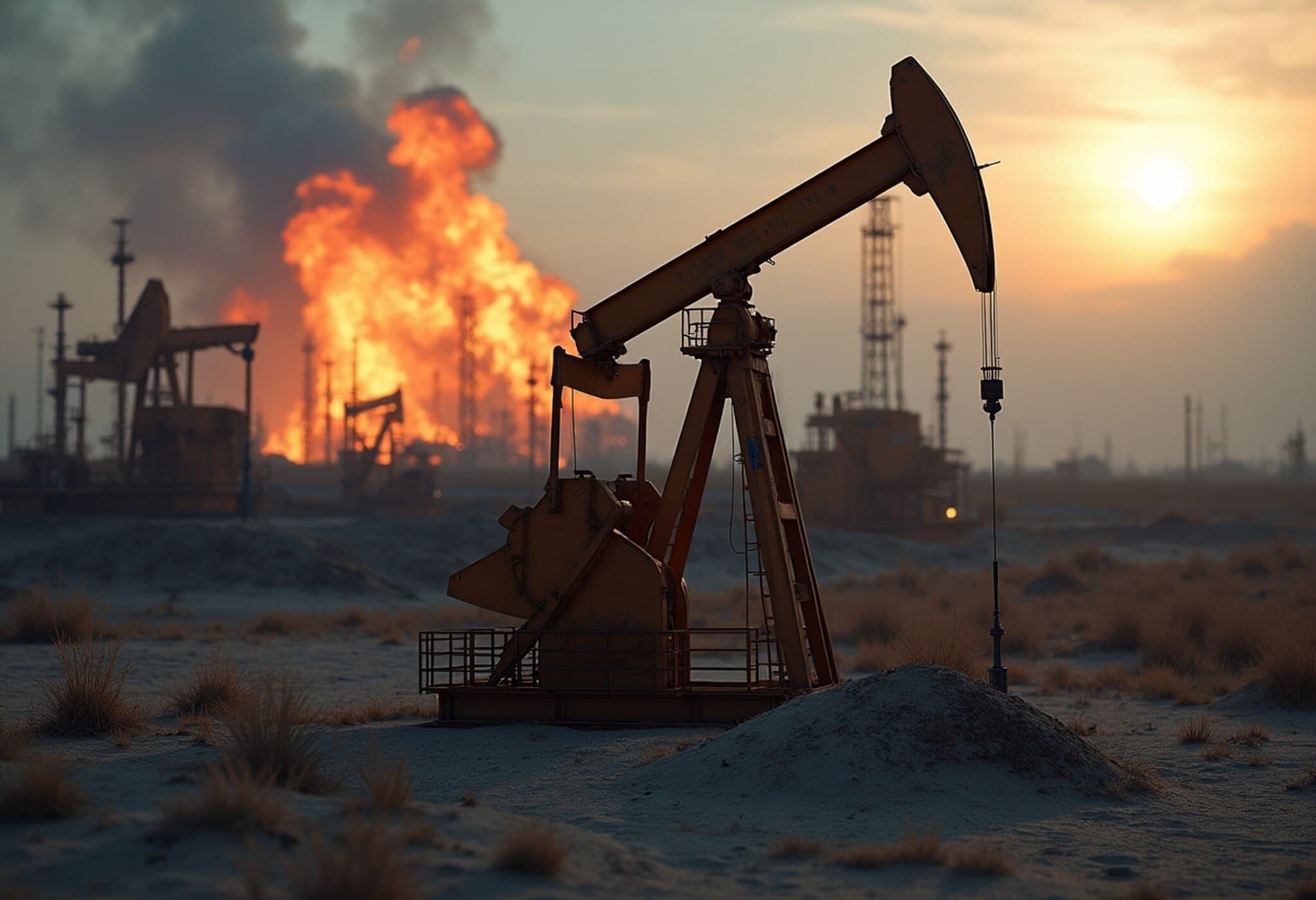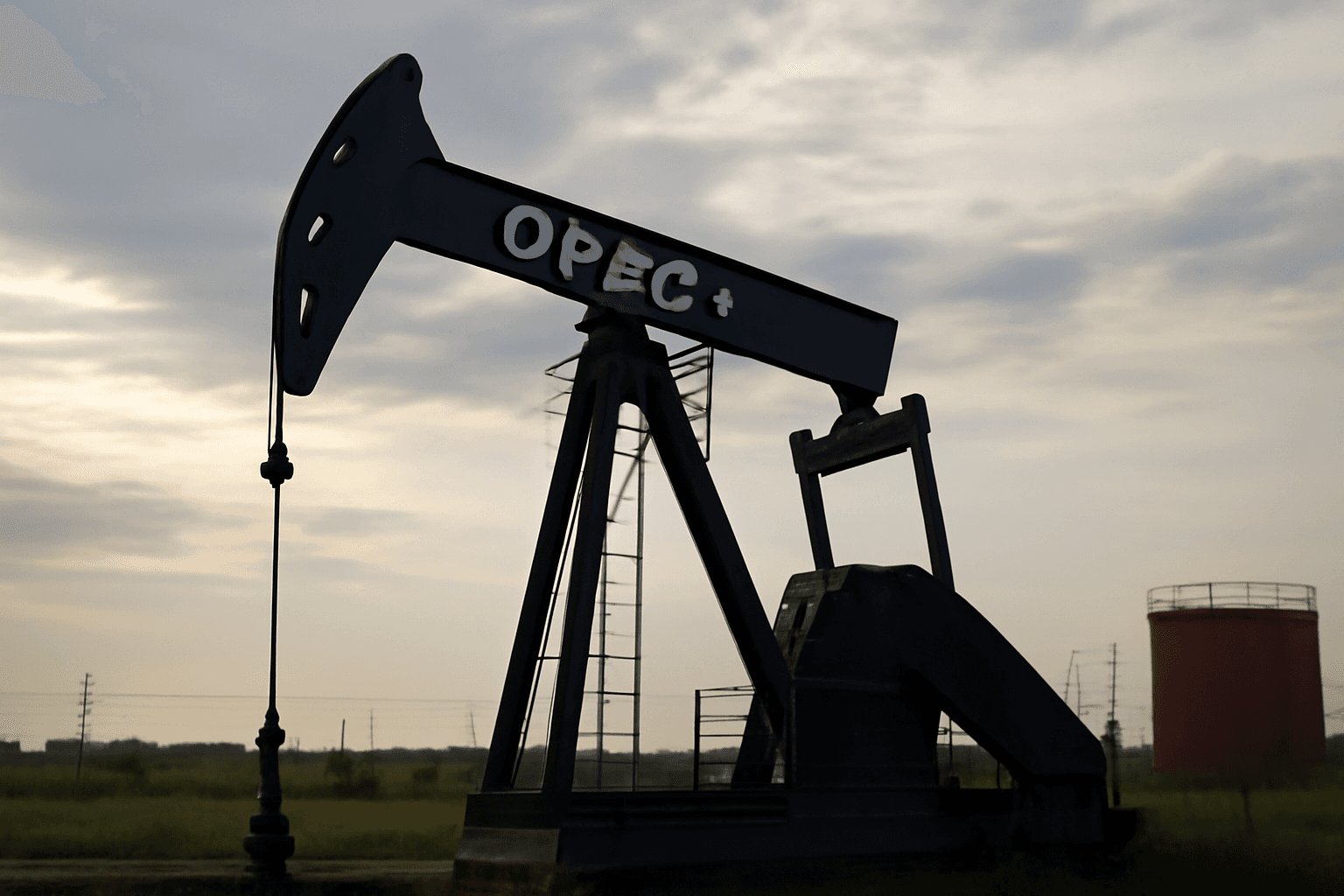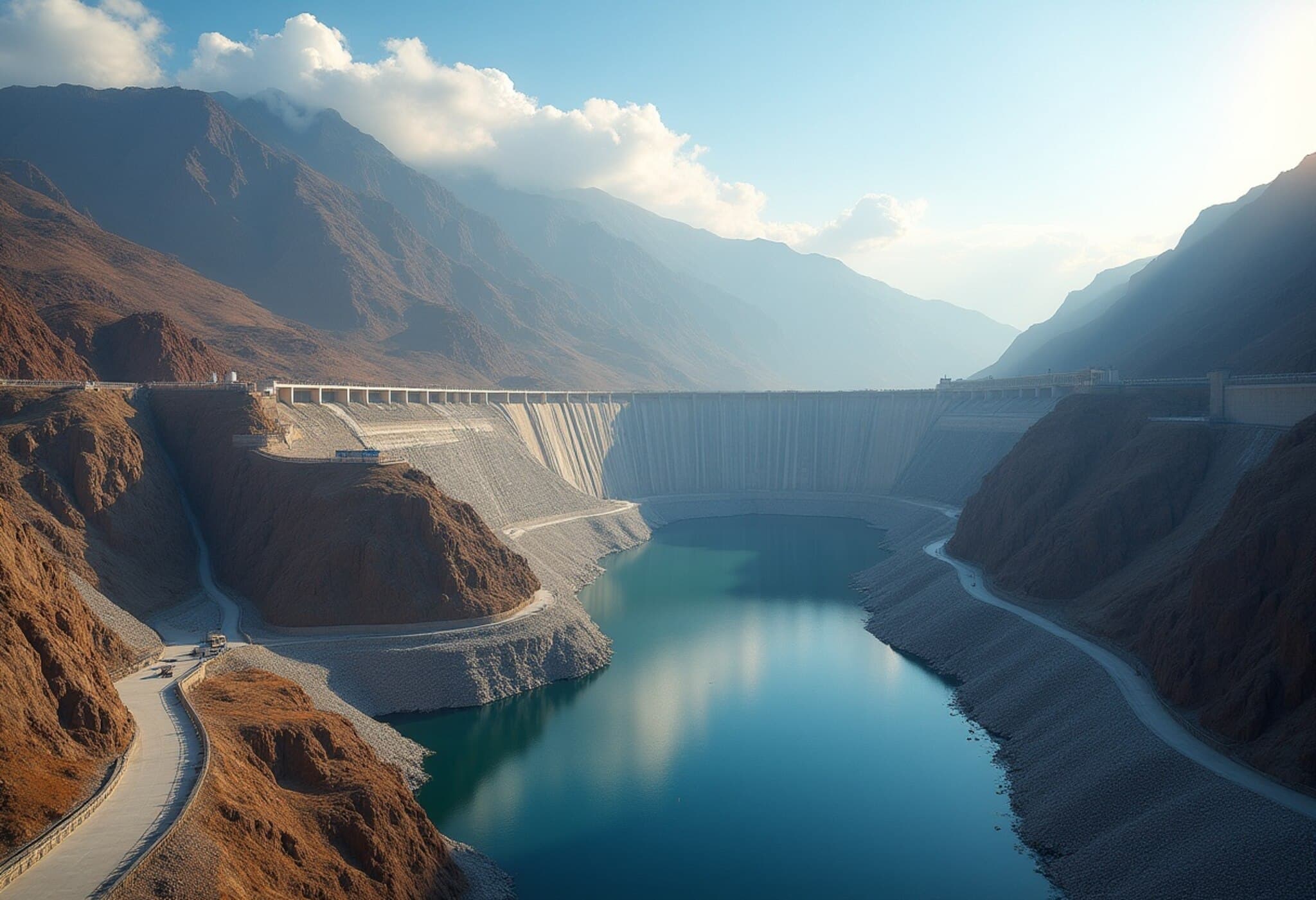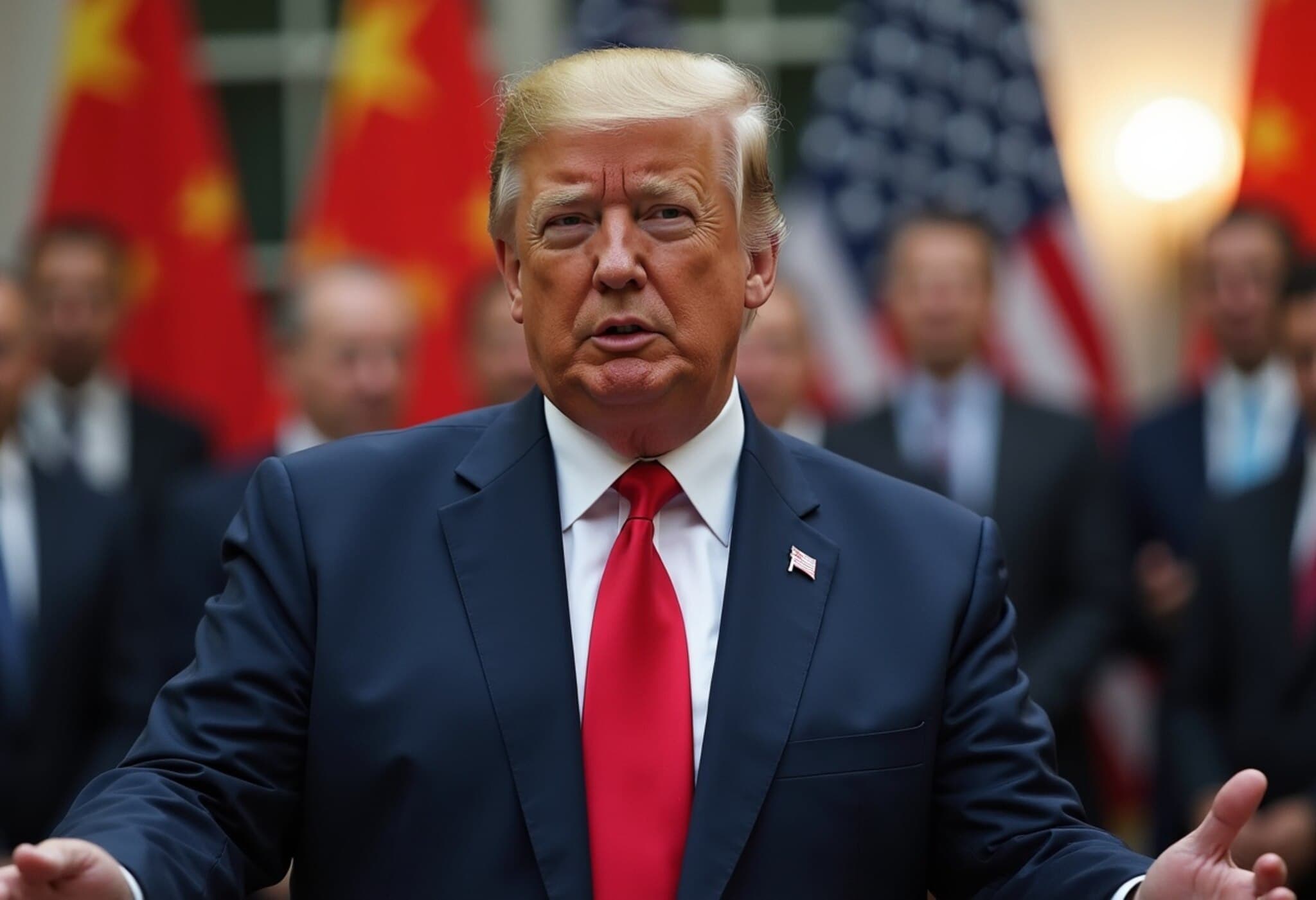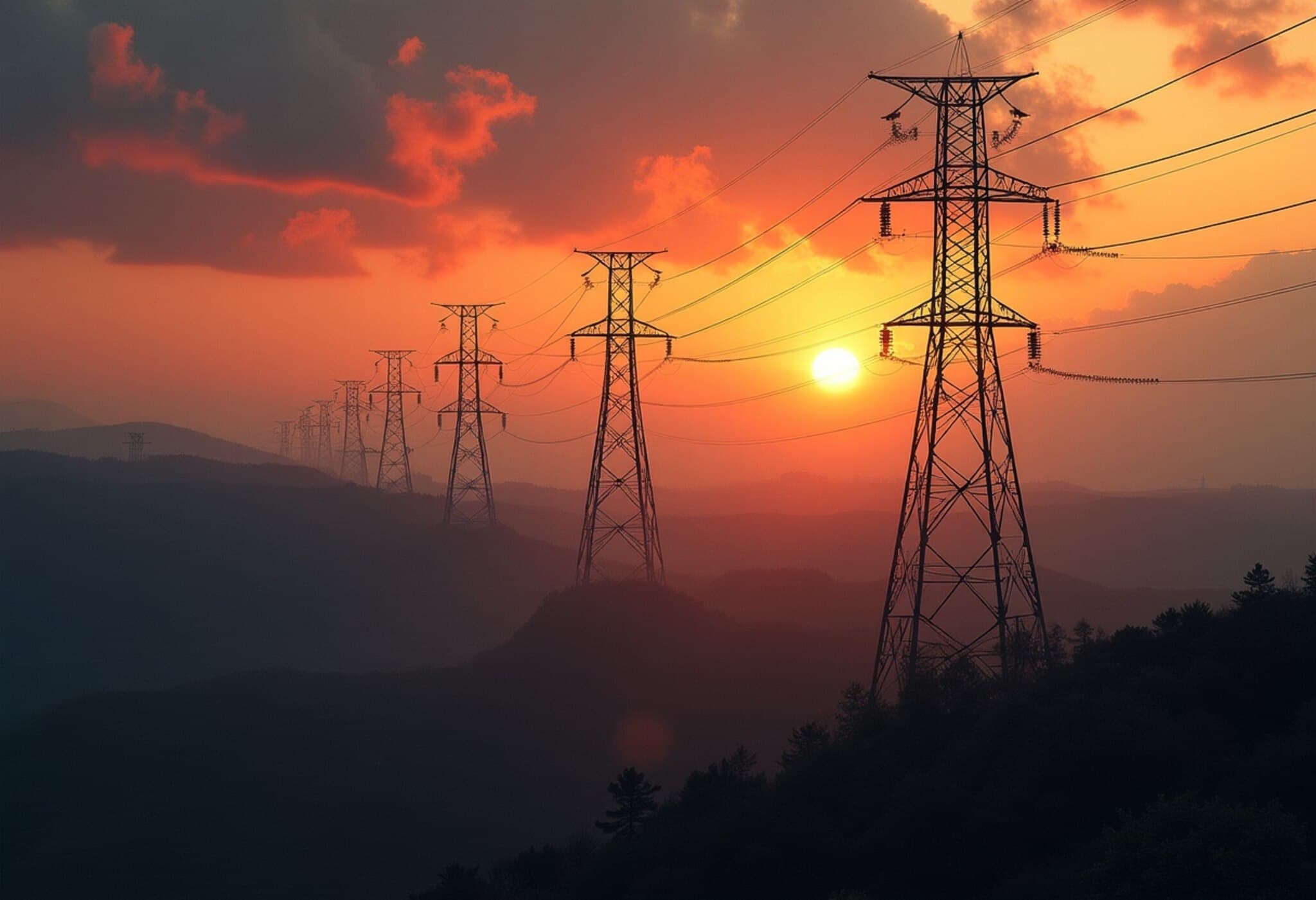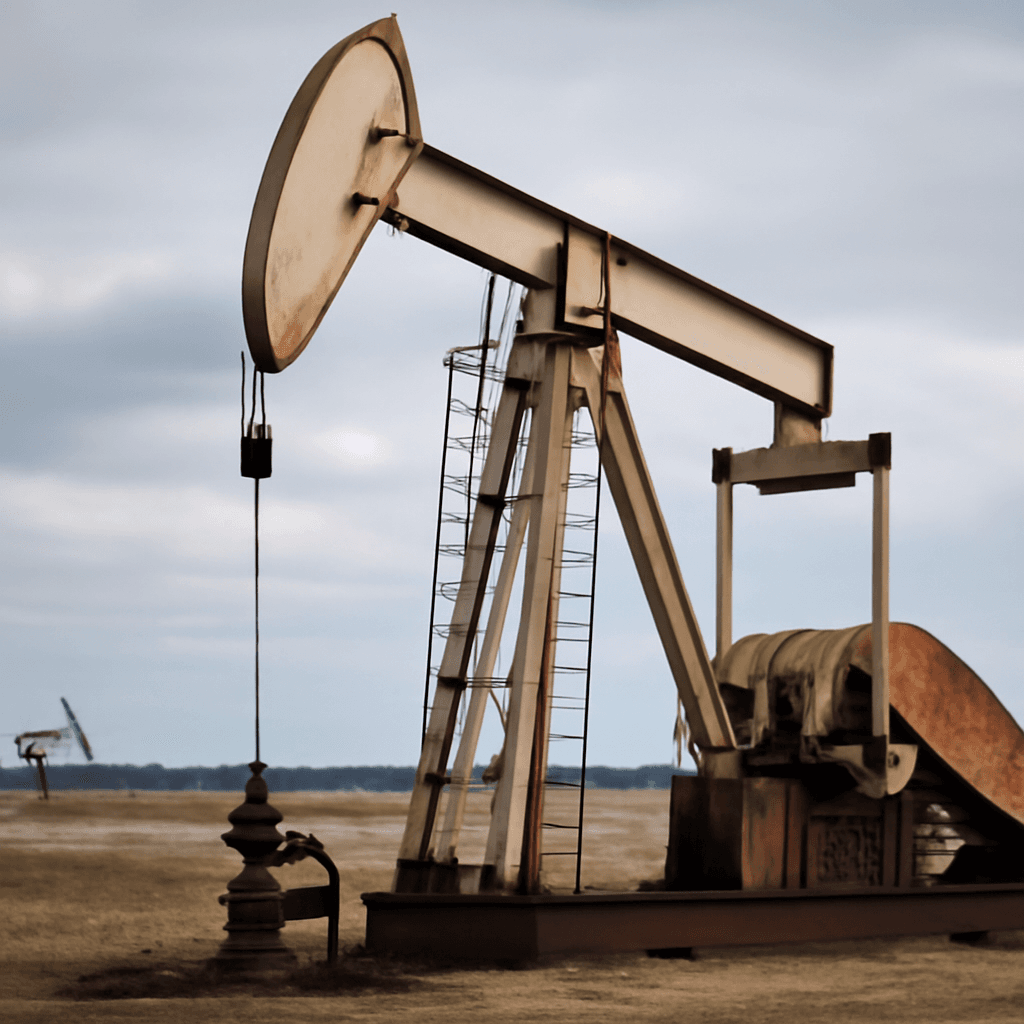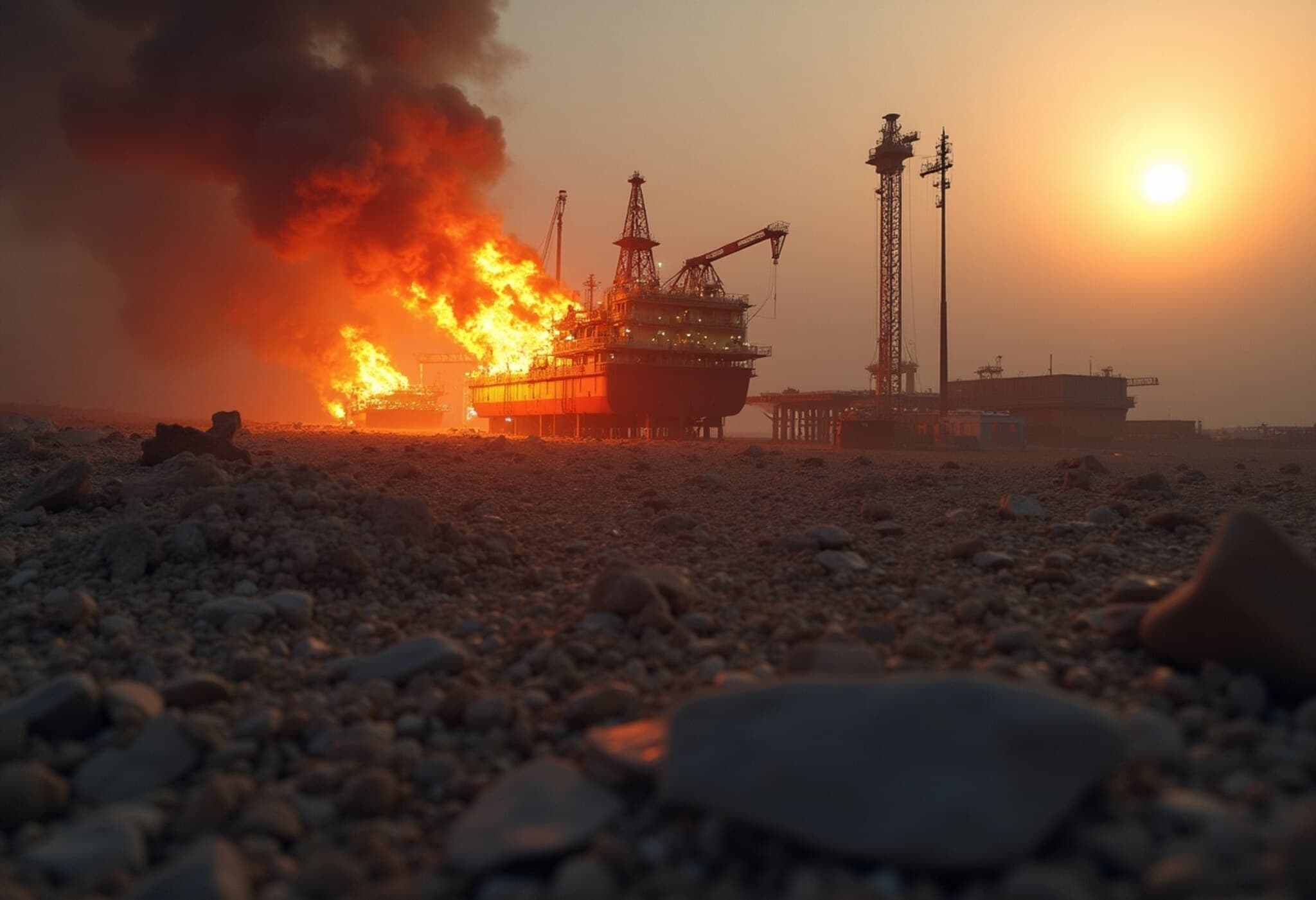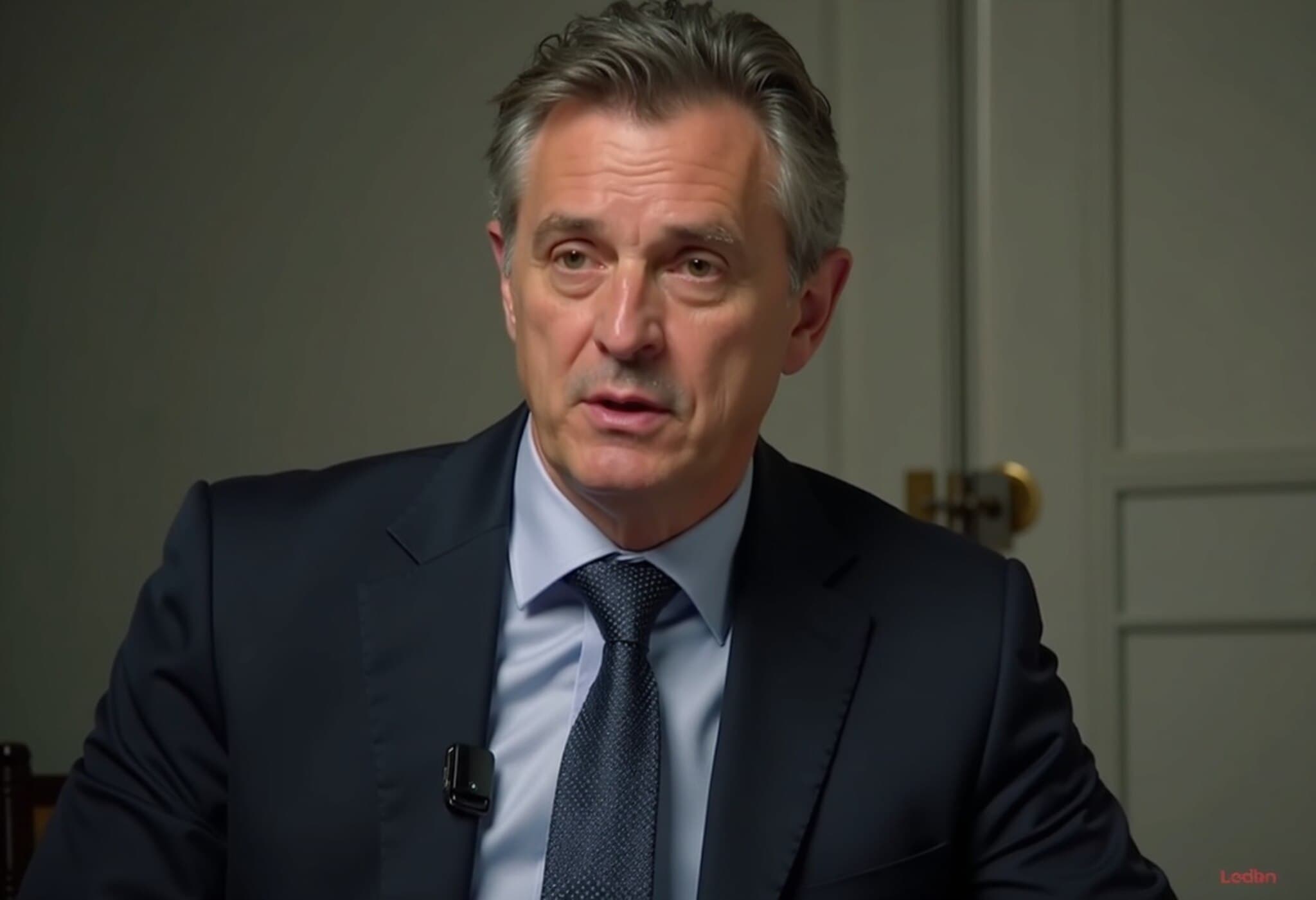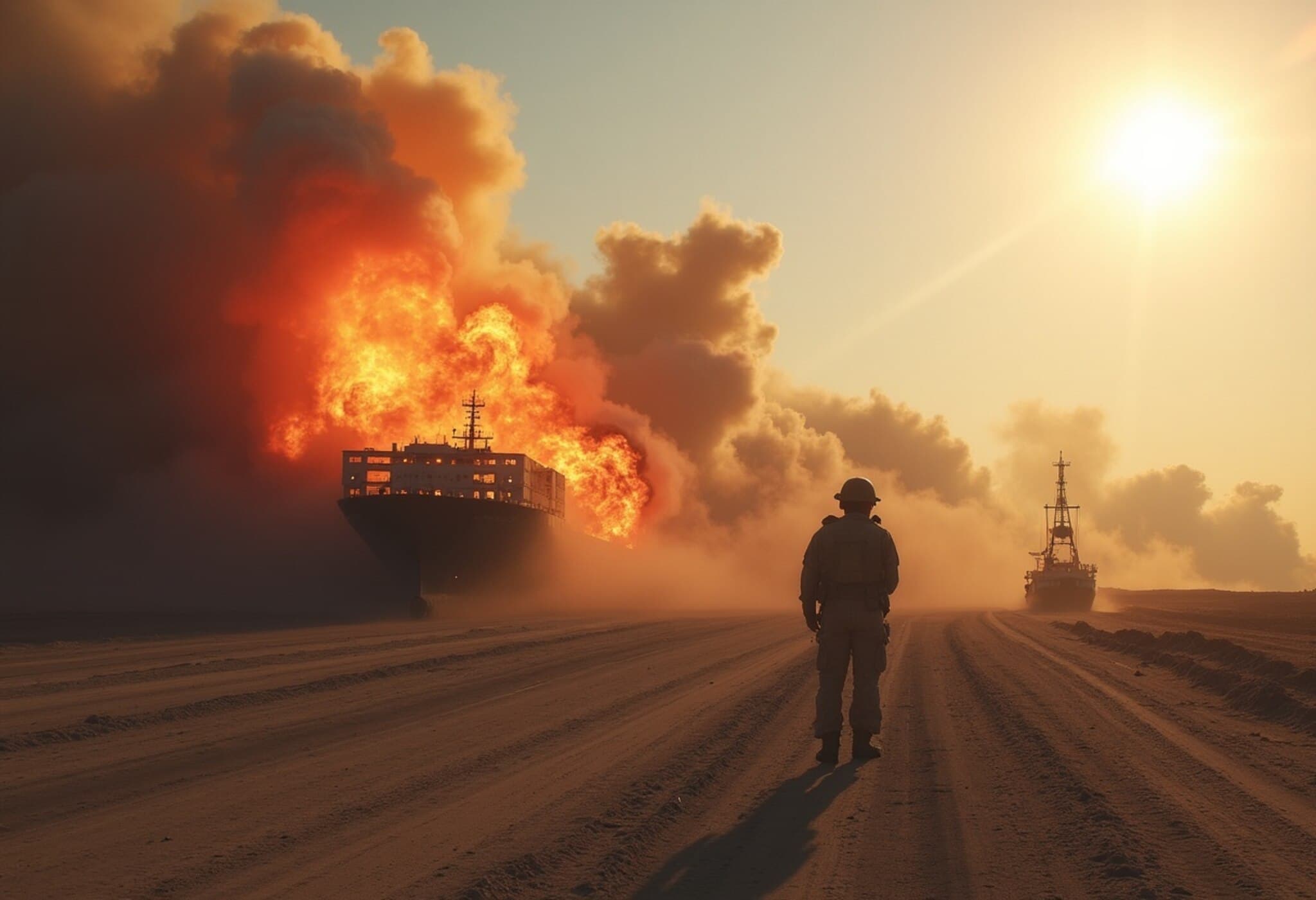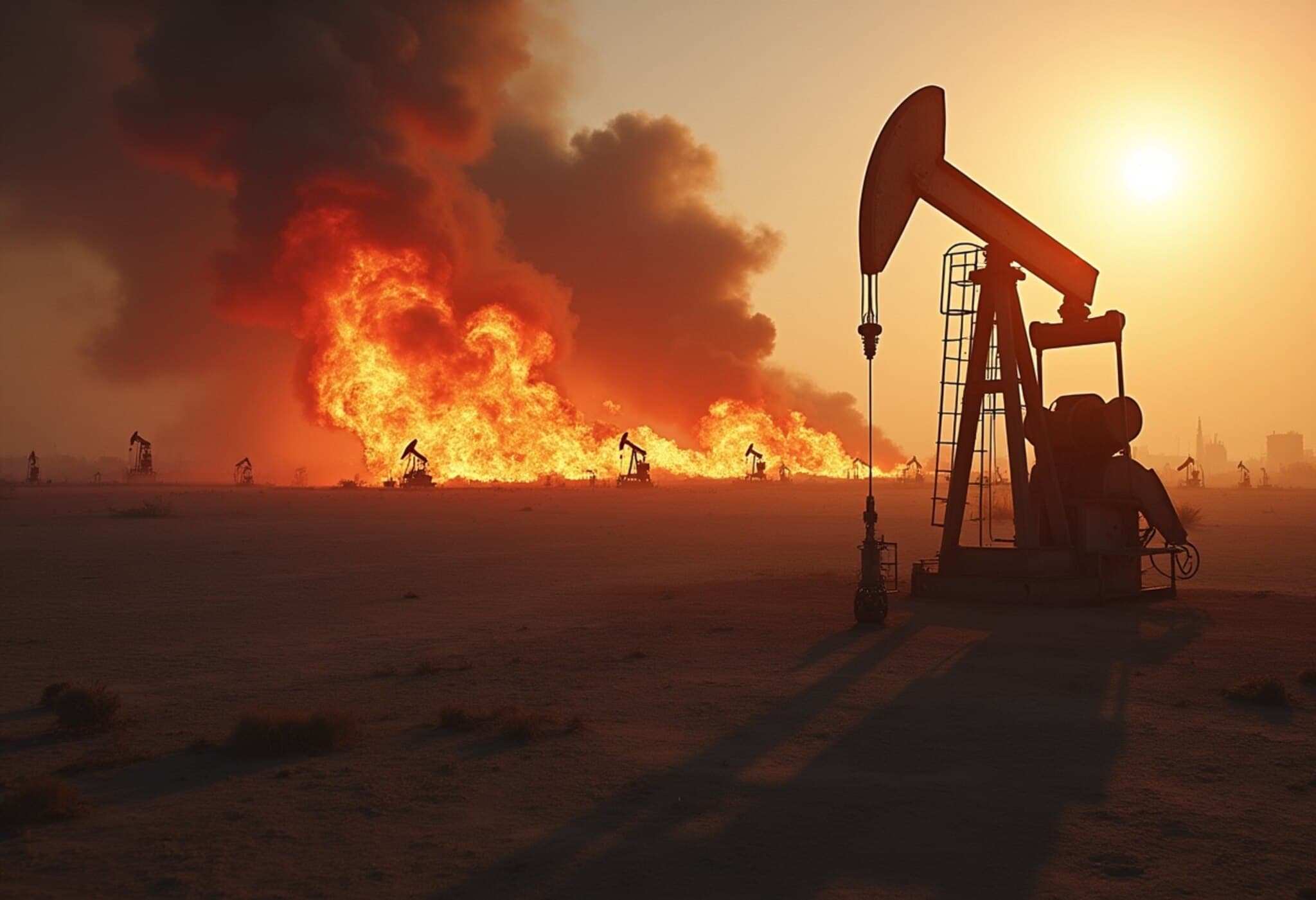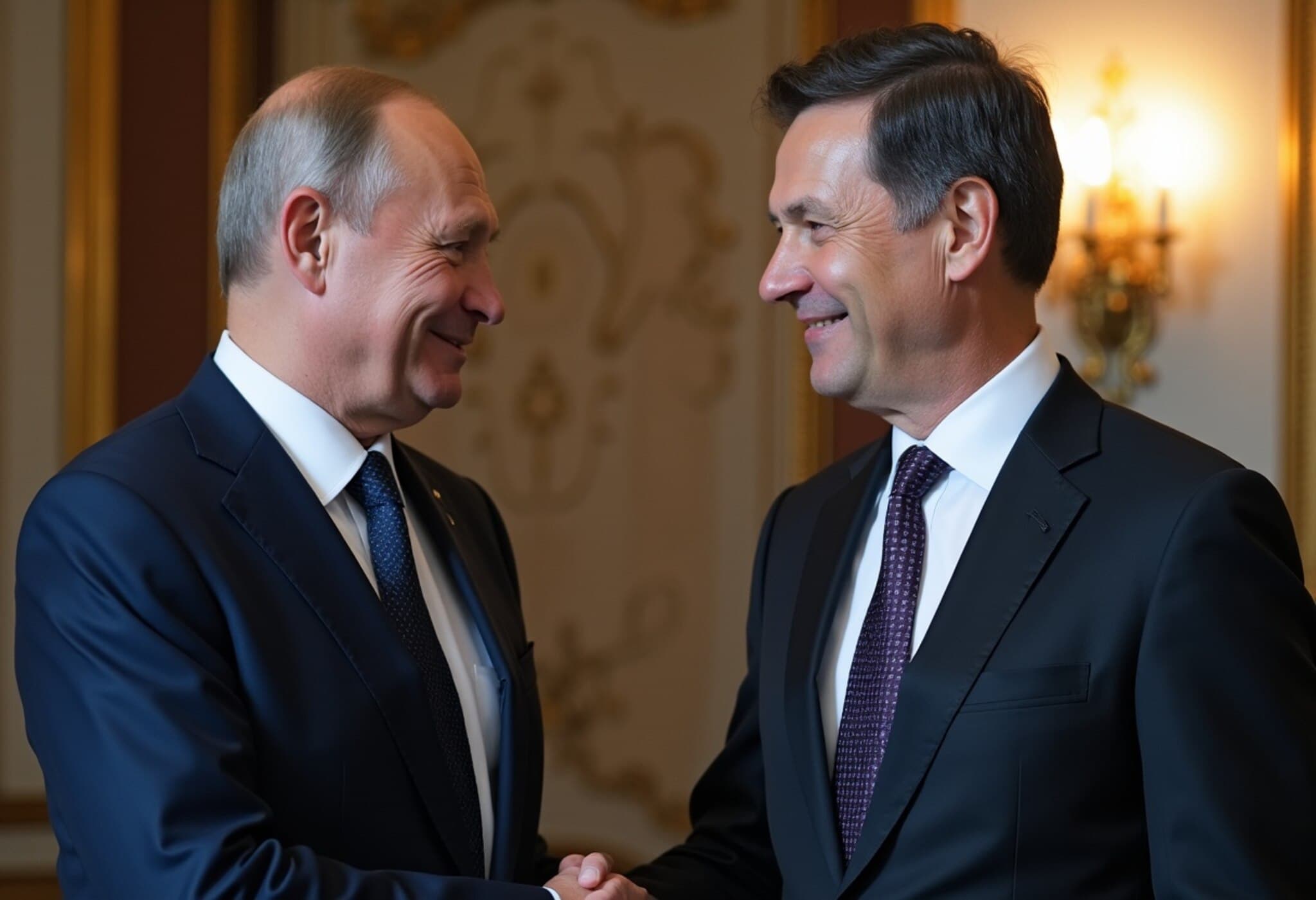Unpacking the Complex Forces Behind Today's Low Oil Prices
In 2025, the clamor for “Drill, baby, drill” resurfaced with renewed vigor as former US President Donald Trump vowed an American oil drilling renaissance. His promise: greater energy independence and relief at the pump for consumers. Yet, despite these bold proclamations, the current low oil prices tell a more nuanced story—one shaped largely beyond US borders.
The Real Architects of Oil Market Movements: OPEC+ and Americas’ Rising Output
While Trump’s rhetoric grabbed headlines, the Organization of Petroleum Exporting Countries and its allies, known collectively as OPEC+, have been the key players influencing oil supply and prices. In a decisive move on August 3, 2025, the coalition completed an accelerated restoration of oil output, boosting production by 547,000 barrels per day—marking the early end to pandemic-related production cuts.
However, the release of this additional oil has not resolved market uncertainties. In fact, more than 1.66 million barrels per day remain offline, unlikely to return until late 2026 unless OPEC+ revises strategy — reflecting a balancing act between regaining market share and maintaining price stability.
Further complicating this dynamic is the growing surge in oil production from non-OPEC countries, particularly in North and South America. The US, Brazil, and Guyana are expanding supply significantly, reshaping global market flows in ways Riyadh and Moscow cannot easily control.
America’s Quiet Output Boost
Dispelling the notion that Trump’s political agenda alone has driven down prices, International Energy Agency data shows the US steadily increased production in early 2025—even amid economic headwinds and a cooling labor market. This incremental growth, alongside expansions in Latin America, supports a projected global surplus of around 2 million barrels per day by year-end.
Consequently, Brent crude prices have dipped nearly 7% since January, hovering just above $70 per barrel. Market watchers, including Goldman Sachs, anticipate prices potentially sliding toward $60, far below Saudi Arabia’s budgetary break-even point.
Geopolitics, Sanctions, and the Saudi-Russia Energy Tango
Geopolitical tensions further muddy the waters. Trump’s renewed trade disputes and threats of additional sanctions on Russian oil buyers as part of pressure tactics in the Russia-Ukraine conflict have heightened volatility. This has prompted high-level meetings between Russian Deputy Prime Minister Alexander Novak and Saudi energy minister Prince Abdulaziz bin Salman, signaling attempts to preserve OPEC+ cohesion amidst external pressures.
Yet this alliance faces a difficult balancing act: loyalty to partners versus seizing opportunities to expand market share by potentially undercutting prices—even if it means further straining relations with the US and deepening price competition.
Market Share vs. Market Stability: The Saudi Dilemma
Saudi Arabia’s strategic priorities increasingly emphasize maintaining and growing market share rather than just propping up prices. Harry Tchilinguirian, research chief at Onyx Capital Group, notes: "Market share is now the name of the game." This stance suggests Riyadh may hesitate to sit on idle capacity while competitors capture additional customers.
The Road Ahead: Wait-and-See or Further Cuts?
Looking forward, OPEC+ is expected to adopt a cautious stance, closely monitoring demand signals and supply dynamics. Analysts from JPMorgan and Goldman Sachs forecast production stabilization at the upcoming September meeting, avoiding further increases unless macroeconomic conditions improve substantially.
Moreover, experts like Greg Brew of Eurasia Group suggest any future easing of supply restrictions hinges on US production trends and global demand resilience. They anticipate that the market may tighten once the remaining 1.66 million barrels per day of withheld capacity are gradually reintroduced, possibly in 2026.
Why This Matters to the American Consumer and Economy
- Gas prices at the pump: While Trump’s policies did contribute, broader global trends and non-US production surges keep prices suppressed.
- Energy security: US output increases help reduce dependence on imports, but geopolitical complexities mean true independence remains a challenge.
- Economic growth and inflation: Lower oil prices ease some inflationary pressures but also signal slowing global demand that could dampen broader economic prospects.
Editor’s Note
The narrative of “Drill, baby, drill” oversimplifies a deeply intricate global energy landscape. While American policies and production shifts play their part, OPEC+ strategies, geopolitical maneuvers, and surging non-OPEC supplies are the real game changers behind today’s comparatively low oil prices. As the global energy chessboard evolves—with trade wars, sanctions, and market share battles at play—it remains crucial for policymakers, businesses, and consumers to look beyond slogans and understand the delicate balance shaping energy markets and, ultimately, our economy.

